Orchids in India – Search of wild orchids in the jungle
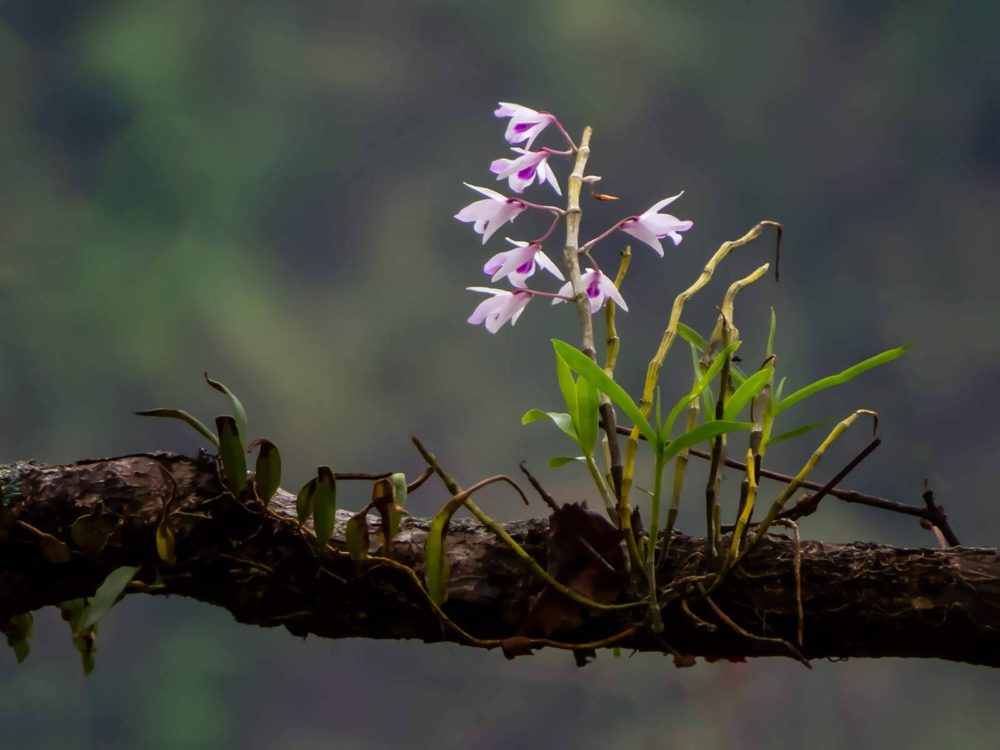
Orchids are considered the “Queen of flowers” and for me they emanate the health of the forest. There is always beguiling charm on orchids that draws me to them. An ideal example is this Dendrobium transparens!!
India is home to more than 1200 species of Orchids, thanks to our tropical climate, rainforests and Himalayas. Orchidaceae is one of the largest families of flowering plants with approximately 28000 species around the world. As a wildflower lover, I am excited to see all wildflowers but Orchids hold a special place in my heart. I am thrilled if I spot an Orchid in wild rather than a flowering Acanthaceae species. There are multiple reasons for this special attraction to orchids but the main reason is, Orchids are indicators of healthy forest. One cannot find an Orchid in a grazed , degraded, invasive plants filled forest. So if I see an Orchid in the forest, I am happy that those regions have not yet succumbed by Lantanas, Goatweeds and other invasive plants.

Gymnadenia orchidis – Himalayan Fragrant Orchid, This bright pink orchid makes the Himalayan wildflower meadows more beautiful.
Initially I had seen orchids only in botanical gardens which were showy and enormous. So I was searching similar orchids in wild but the wild orchids are not always big and colorful. My initial orchids were mostly green in color and very tiny. I had to check closer to see the labellum and the leaf structure to make sure whether the flower I had seen was an orchid. These superior plant groups have complex floral structure for their cross pollination which fascinates the flower collectors. The orchid hobbyists are proud of their orchid collection and they have lead to the creation of numerous hybrid species which are usually huge. So there is a big difference between Wild Orchid Lovers and Garden Orchid Growers.
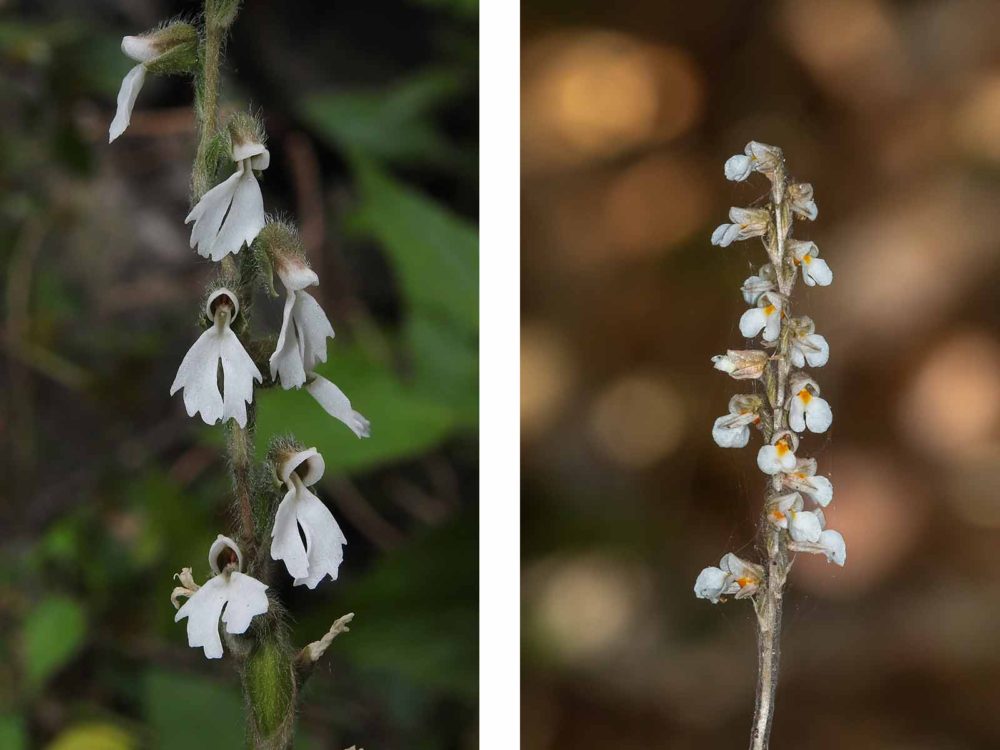
1. Zeuxine longilabris 2. Zeuxine gracilis I love terrestrial orchids for a simple reason , I can see their intricate designs closely rather than the epiphytic orchids which is always hanging on some tall trees. Zeuxine is a common terrestrial orchid , the first one was clicked in Idukki wildlife Sanctuary, the second one was clicked in Mount Harriet National Park, Andaman.
I am a Wild Orchid Lover who just loves to see them in their natural habitat and I don’t pluck those plants from wild.
Initially I was searching only for epiphytic orchids that grow on trees and for a long time I saw only the plants but not the flowers. After a while , I saw my first wild terrestrial orchid Habenaria longicorniculata in Parambikulam tiger reserve.
Unique Shaped Orchids
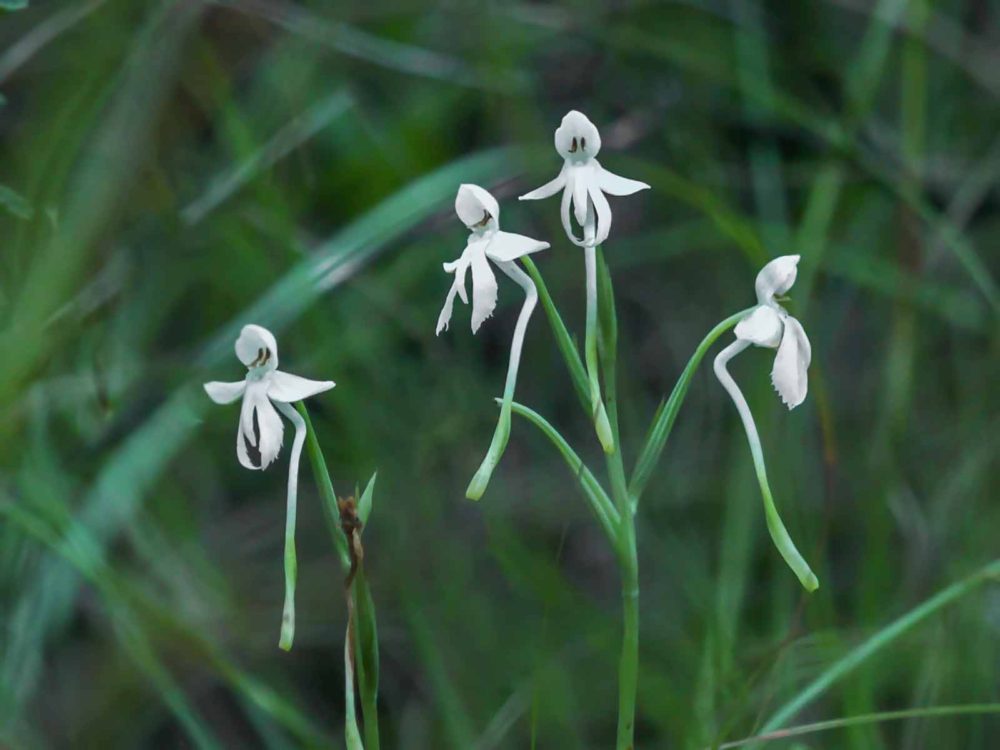
Habenaria longicorniculata, This beautiful doll like orchid always fascinates me. I have seen this orchid quite a few times but every time I got excited like I had seen a new Orchid. Vinod spotted this orchid in Eravikulam National Park.
I liked the unique shape but other than that I was clueless about the Orchids. When I learnt about the symbiotic relationship with mycorrhizal fungi to complete their lifecycles, I was in awe about the complexity of nature. Me and Vinod sincerely started searching for orchids in all our trips. There are many beautiful moments for me with wild orchids but the one that is very special to me is the Heart Shaped Lady Slipper Orchid. When we were in Himachal Pradesh, Vinod went out for a single day trek to a nearby mountain. When he came back in the evening, he told me to get ready for a trek the next day. We went on the same path again and he showed me a bunch of Heart Shaped Lady Slipper Orchid in bloom. That elegant orchid was one of the most beautiful flowers I had ever seen!
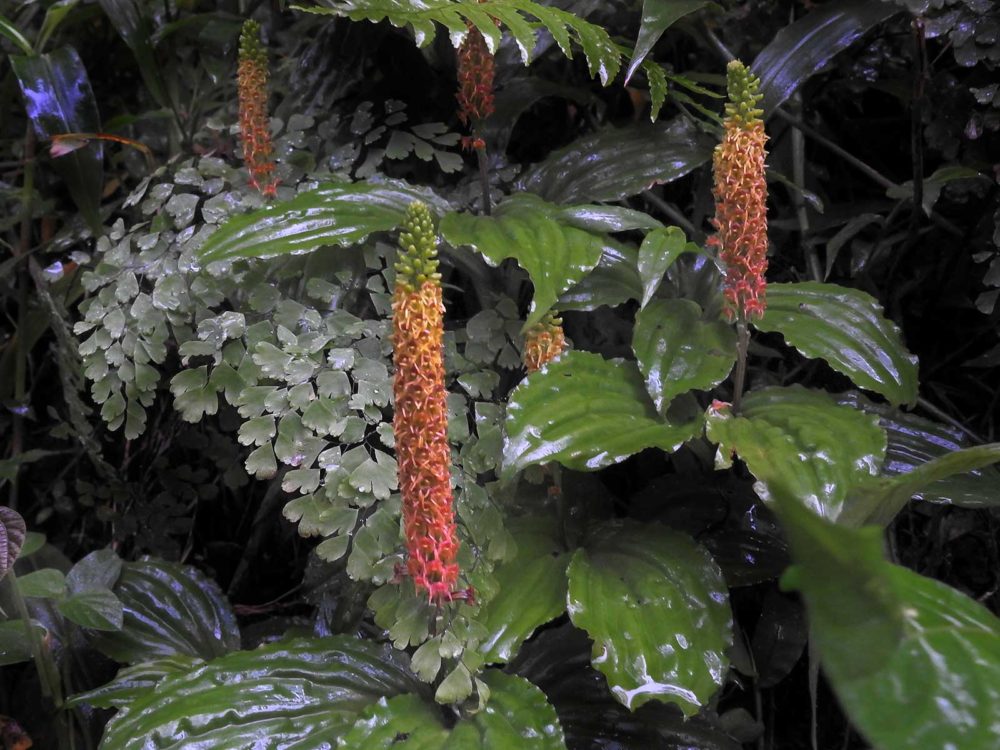
Malaxis versicolor is a lovely orchid with unique colors
Malaxis versicolor, This is one of the unique looking orchids we had seen and this one has a beautiful story too. I spotted one orchid plant on the road to Valparai and Vinod stopped the car to see the orchid closely. It was raining and the orchid was near a rock, so we got down to see the orchid closely. Immediately a forest guard came and told us it was an offence to get down on that road. So we got back in the car disappointed and drove further more. Soon we reached tea estates and the rocks opposite to the tea estate was covered with this orchid. That was a beautiful sight in the rain.
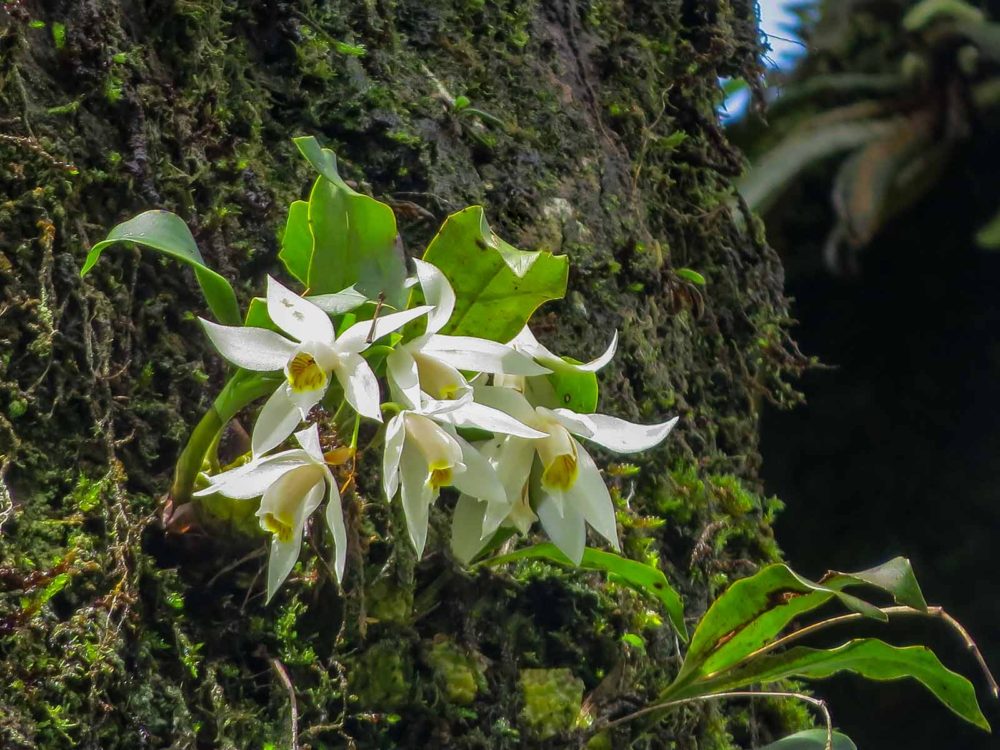
Coelogyne nervosa, Munnar never disappoints us! We were seeing Parrot beak balsam for the first time in Munnar and to top that we spotted this beautiful orchid on a nearby tree. I have to say while I do more spotting in birds , most orchids were spotted by Vinod. This is an Endangered Orchid.
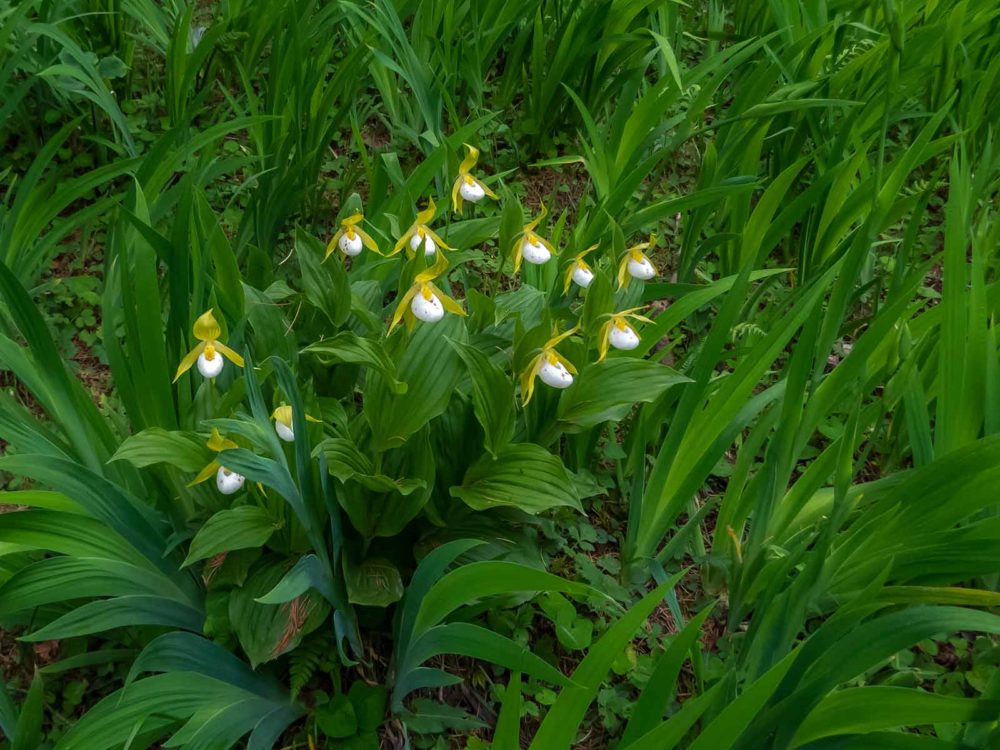
Cypripedium cordigerum, One of the most beautiful and threatened orchids I have seen in India.

Coelogyne corymbosa, The labellum looks like some bee right ? Pollinators are often visually attracted by the shape and colours of the labellum. That is how these orchids attract insects and do cross pollination. We went for a birding and rhododendron trip to Sikkim, so seeing colorful orchids added the glamour to the trip. This one was spotted in Neora Valley, Sikkim.
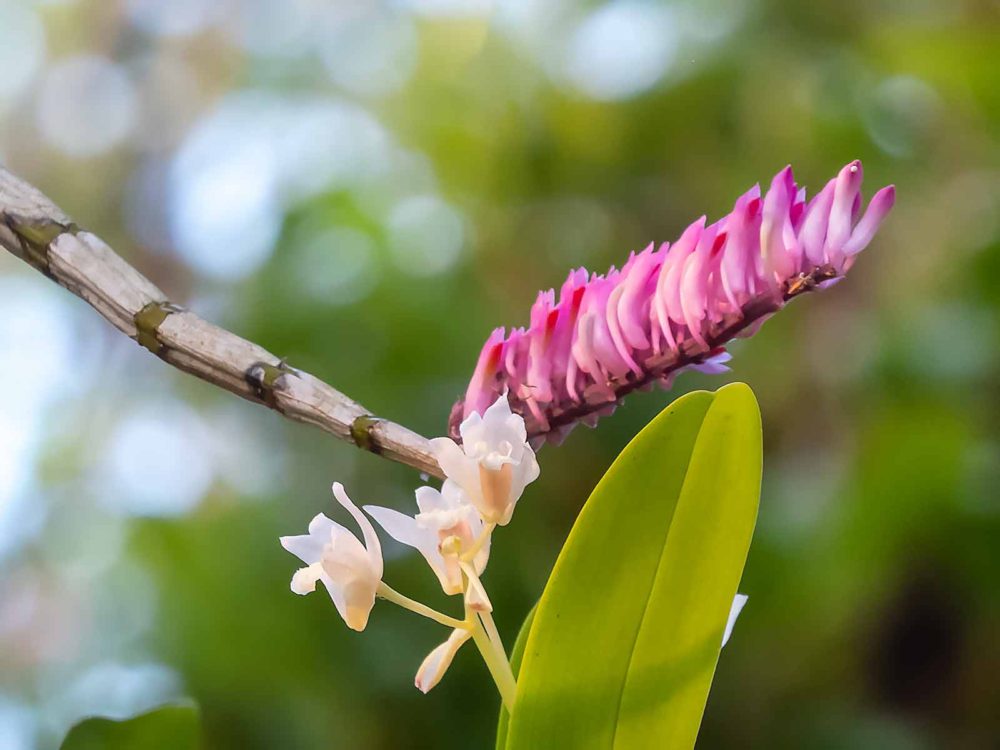
Dendrobium secundum and Pigeon Orchid in the same frame. Me and Vinod usually search our eyes out for orchids but in Andaman that was not the case. We could easily spot orchids everywhere and these orchids were in full boom on a road side tree. Seeing two new orchids one the same tree closely was really a bonanza!
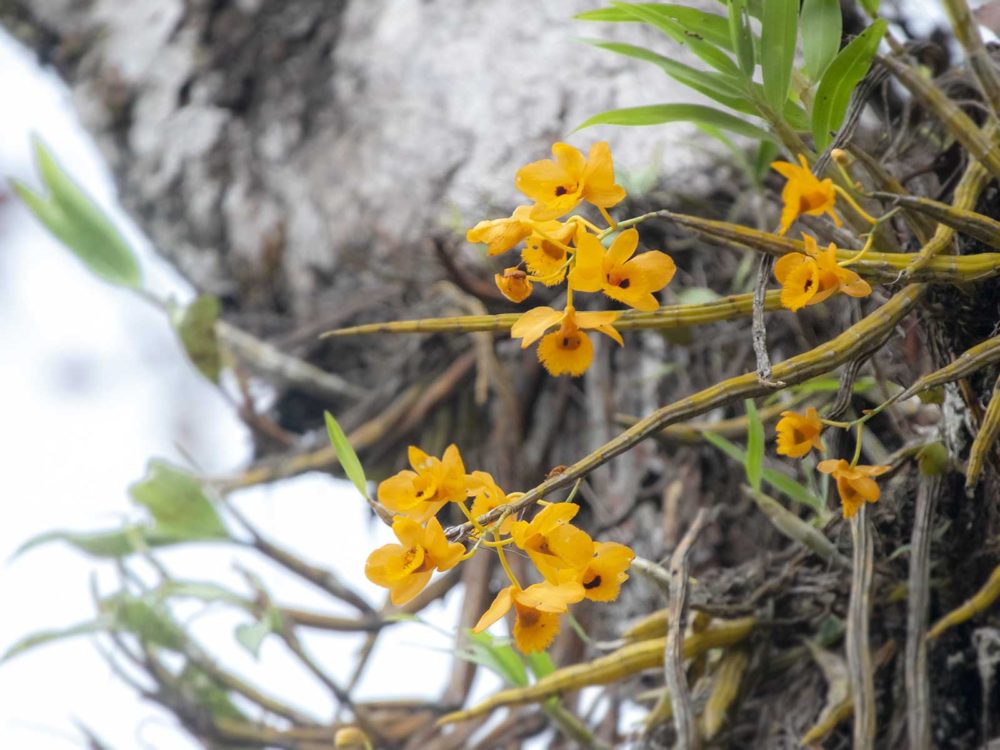
Dendrobium chrysanthum, seeing golden yellow color orchid on a tree is not a common sight. That too, when sighting the colorful Blue-throated Barbet on the same tree added more beauty to this Orchid.
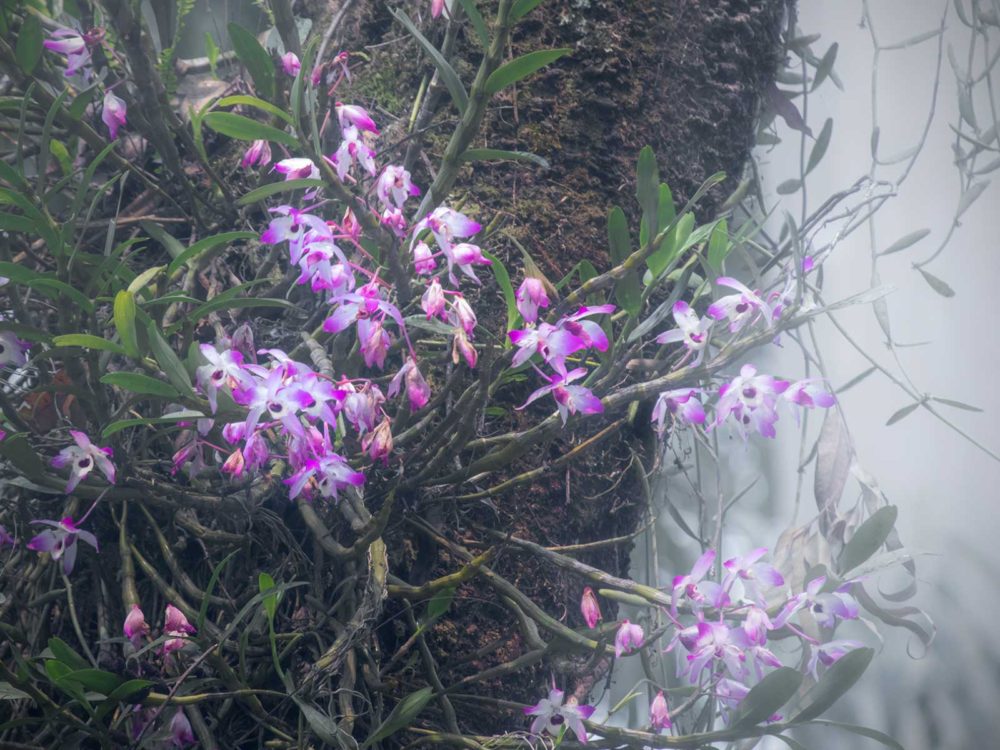
Dendrobium nobile, These kind of orchids make the species really very special. The colorful epiphyte orchids hanging on tall trees in a misty weather was one memorable sight.
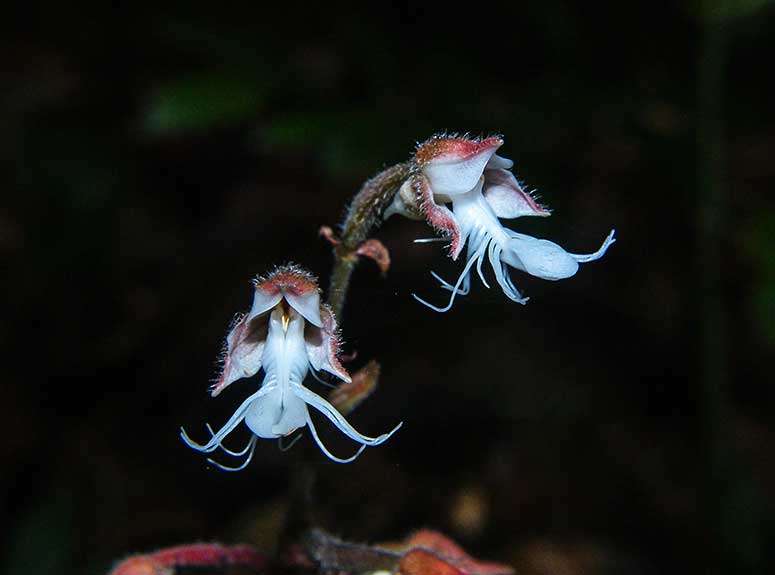
Anoectochilus elatus, This Jewel Orchid is one of the rarest orchids in India. Vinod spotted this in KMTR and I am still not lucky to see this orchid.

Acampe carinata, Dendrobium crumenatum, Crepidium acuminatum,Dendrobium aphyllum
These orchids were spotted in Nameri national park, Mount Harriet National Park, Valley Of Flowers and Neora valley respectively.
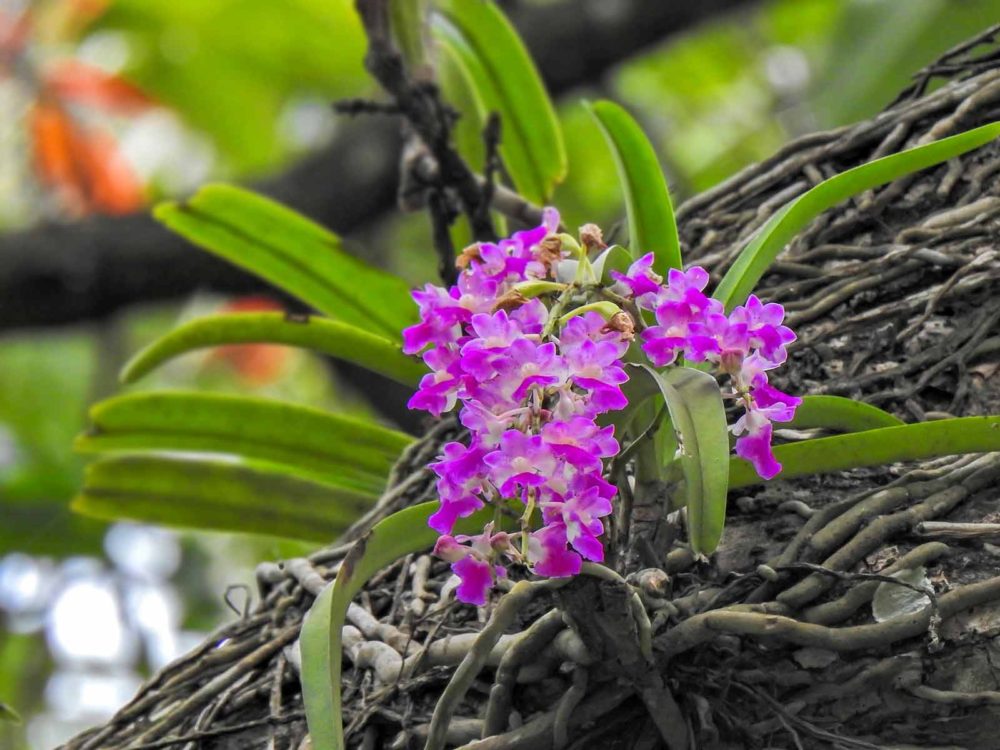
Aerides maculosa – Foxbrush Orchid
Aerides maculosa, This hanging Foxbrush Orchid was spotted on the roadside when we were driving to Silent Valley National Park. The rain just added more beauty to this pink orchid.
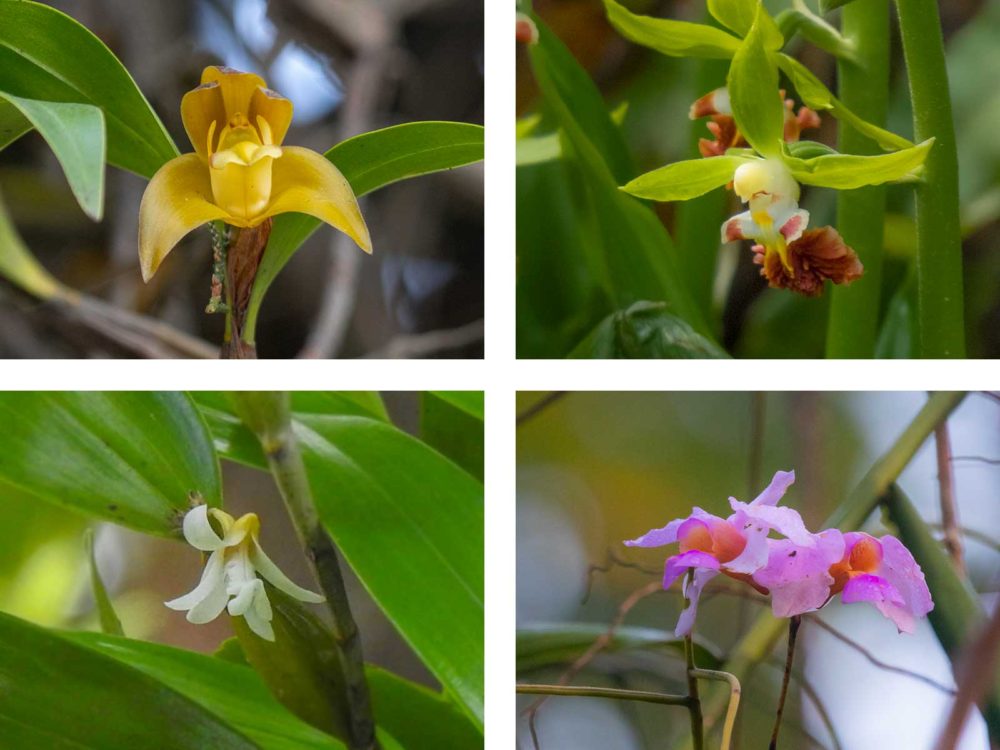
Epigeneium rotundatum,Calanthe tricarinata,Dendrobium nodosum,Papilionanthe teres
Epigeneium rotundatum, Calanthe tricarinata, Dendrobium nodosum,Papilionanthe teres. The Monkey Orchid in the first row is another good find for us in Himachal Pradesh. They are found in woodland region where grazing is not allowed.
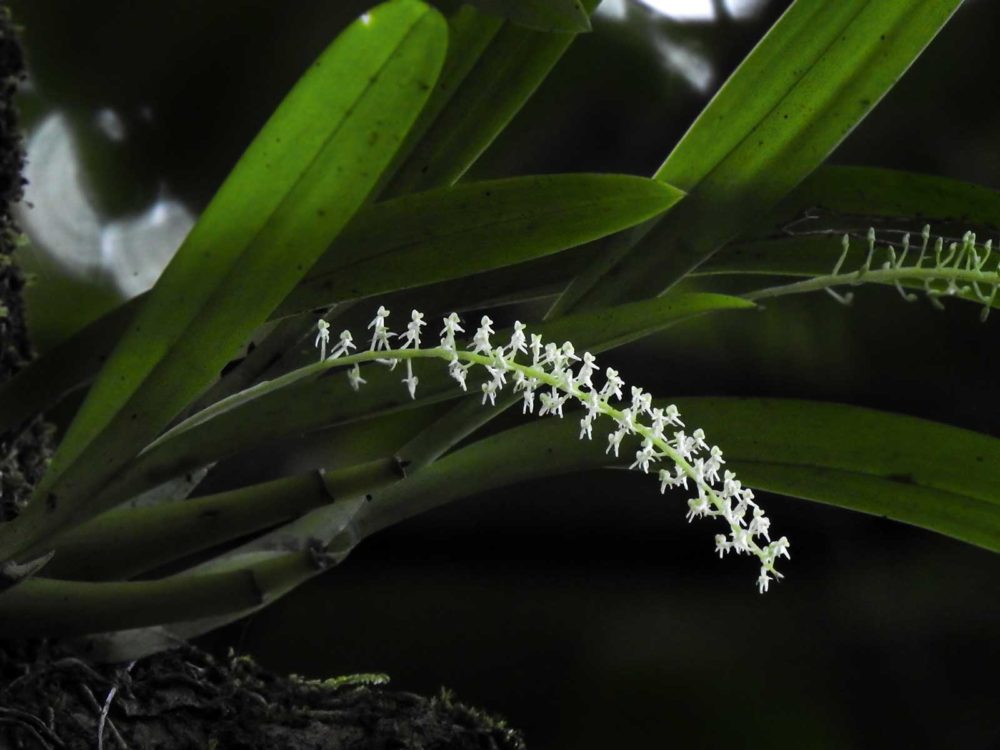
Liparis viridiflora, For me all orchids look like some fairy and this one is not an exception. We spotted this orchid in Idukki wildlife sanctuary.
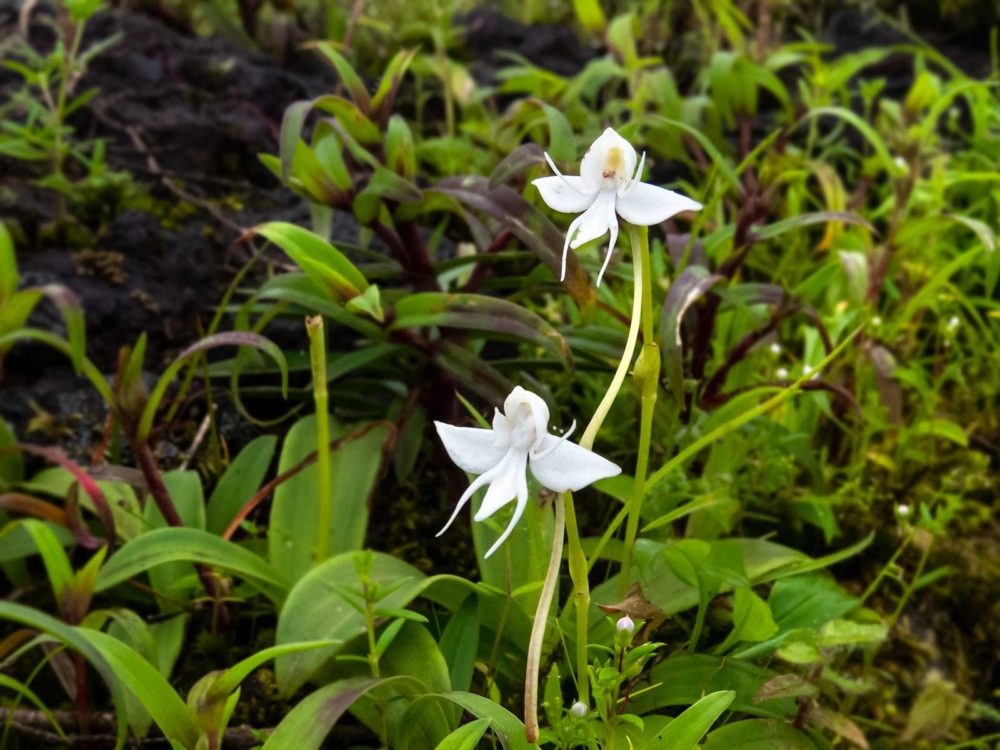
Habenaria longicornu, This White angel looking orchid was everywhere on the Kaas meadow and it was a very pleasant sight.
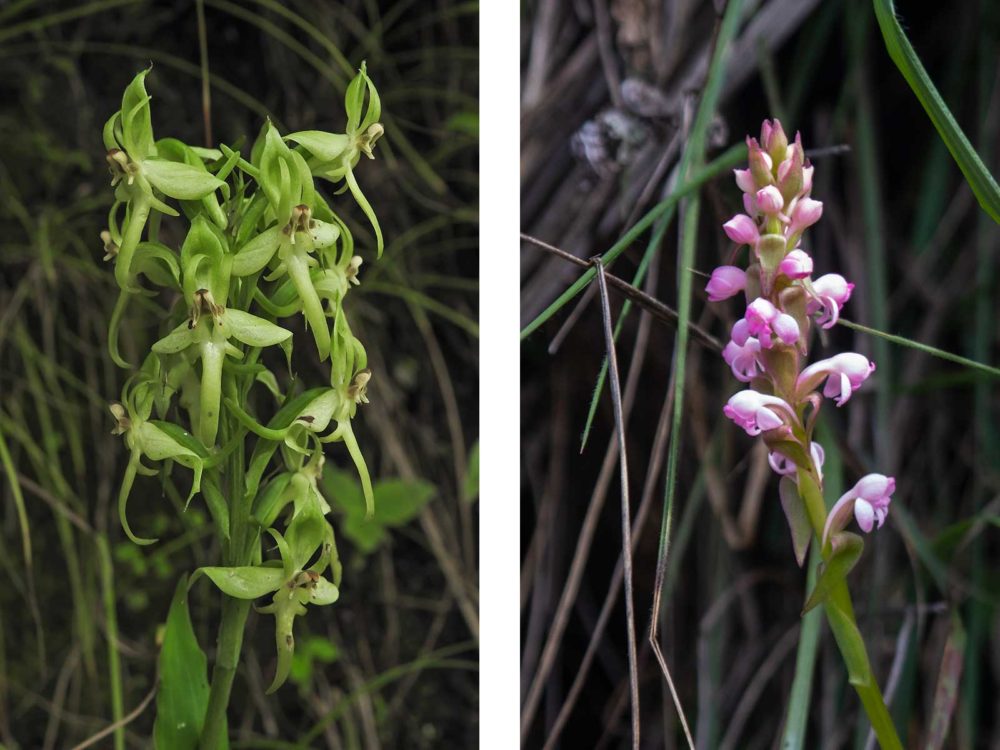
Habenaria stenoplata , Satyrium nepalense. The Satyrium can be seen from Kerala to Himalayas while this Habenaria is spotted only in Himachal Pradesh.
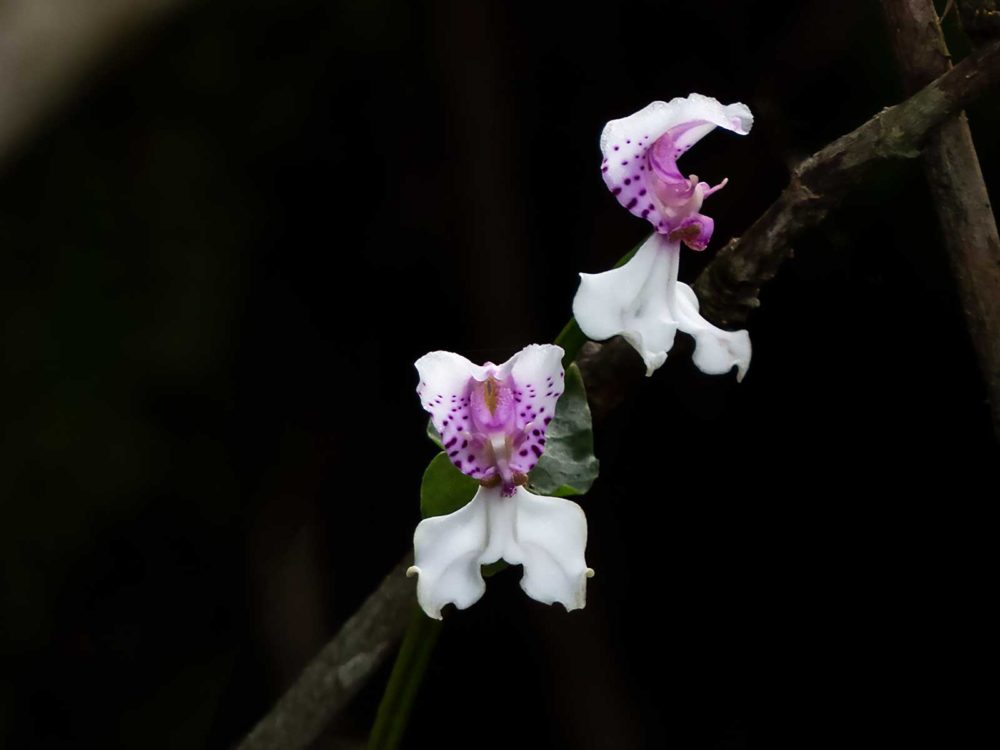
Disperis neilgherrensis, We had seen this beautiful orchid during our early travel days and I would love to see this orchid again.
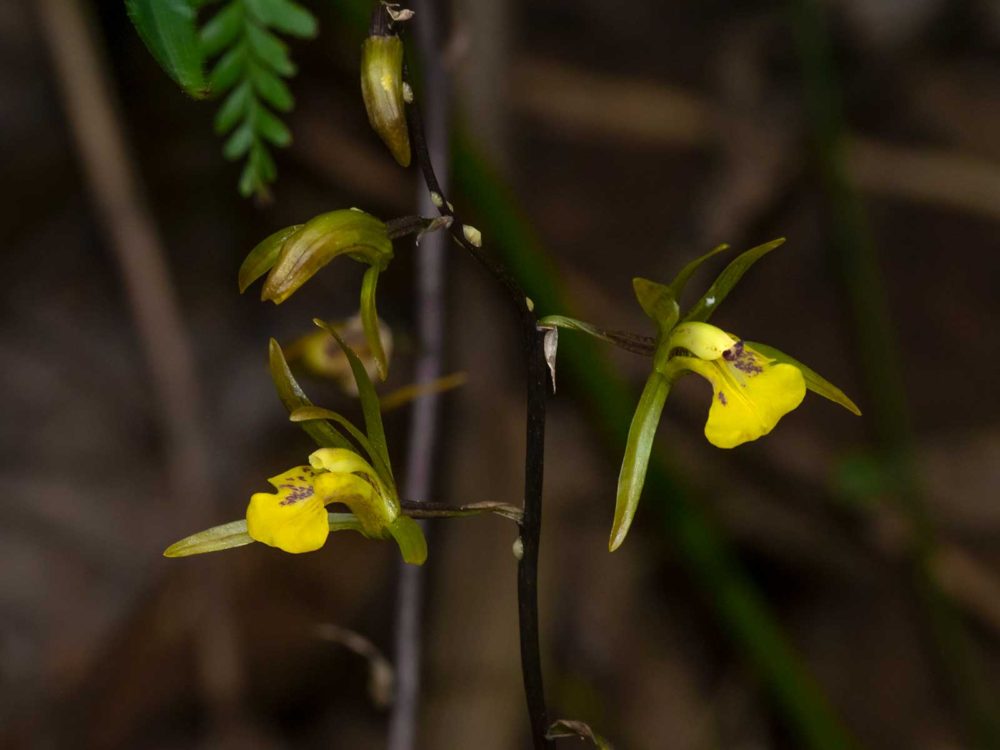
Tainia bicornis is an attractive terrestrial orchid we spotted in KMTR.

Liparis nervosa,Crepidium acuminatum. These terrestrial orchids were not an easy find, we spotted them in dense forests in Kerala. Their colors are not very bright, so they are well camouflaged.
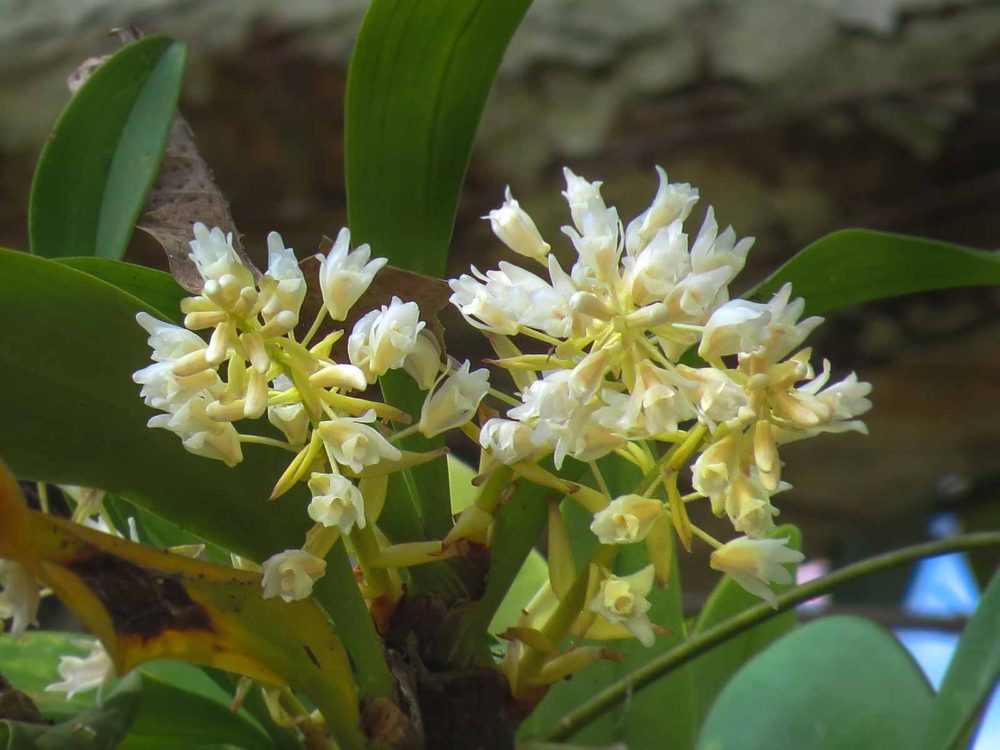
Pinalia bractescens, This orchid inflorescence was so beautiful to look and they were in full bloom when we visited Andaman islands.
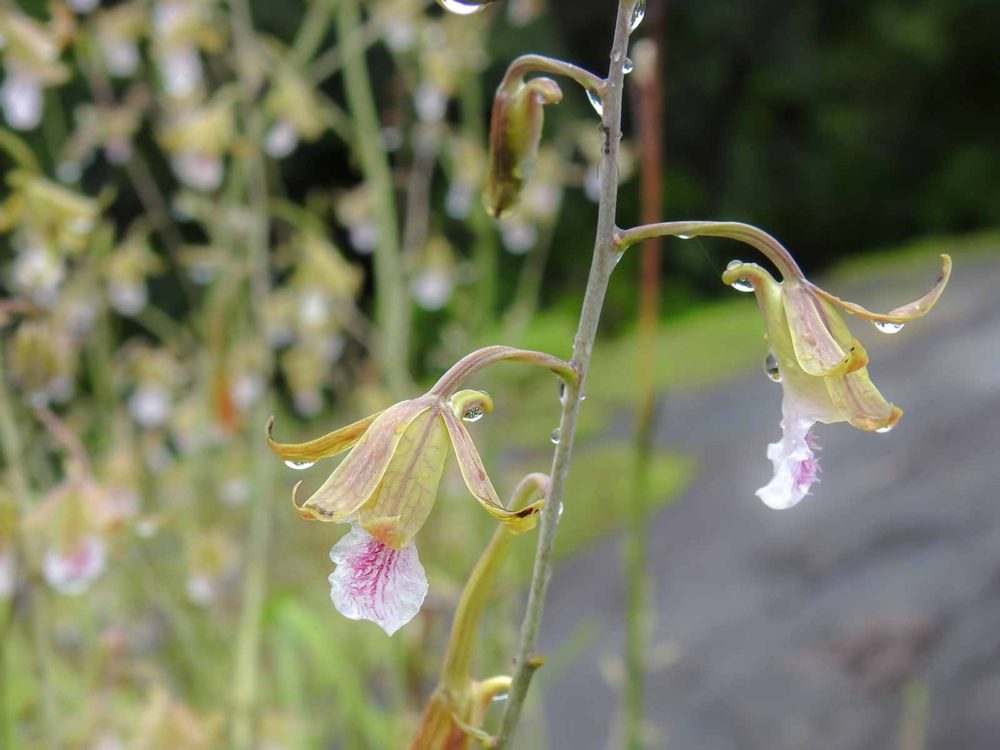
Eulophia epidendraea is one of my favorite orchids in Western Ghats. They are very attractive and I had seen them mostly in rocky terrains.
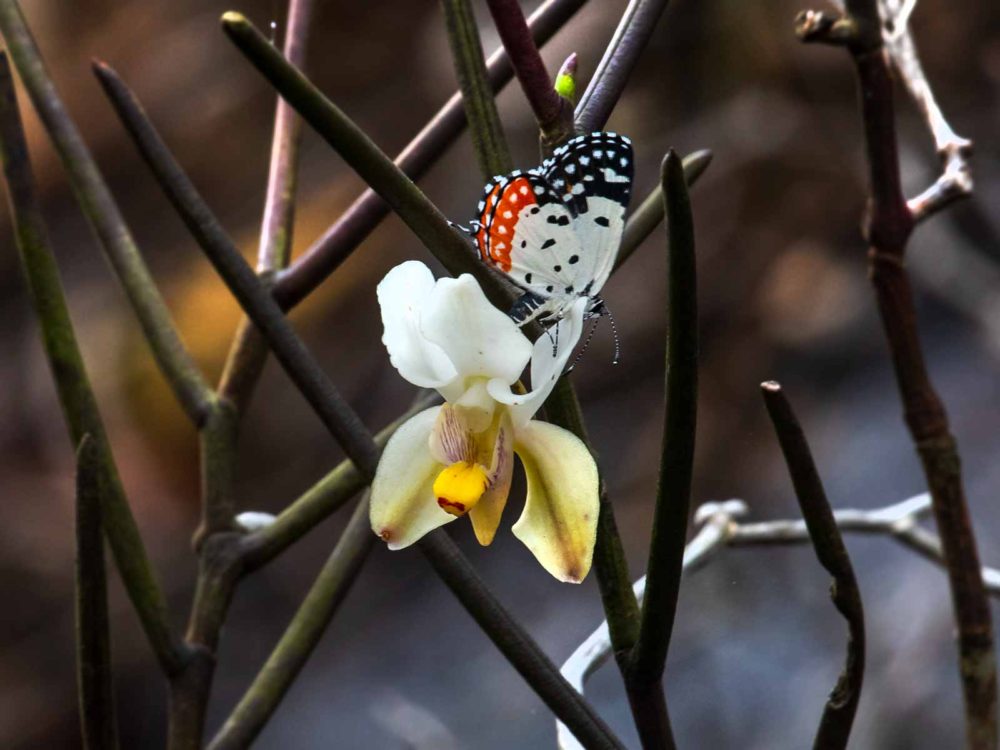
Papilionanthe subulata/Butterfly orchid, It was an exciting sighting to see Red Pierrot butterfly sitting on the butterfly orchid.
Orchids are the best example for co-evolution, where two species evolved based on the dependency for each other. There are several pollinators which are specialized on orchids alone. Orchids also act as larval host plants for certain insects including beautiful butterflies. Further , epiphytic orchids also act as micro habitats sustaining several organisms. So when orchids disappear a particular niche in the diversity of forests goes along with it.
This is just a glimpse of the diverse variety of orchids in India. Me and Vinod are lucky to see huge number of Orchids in North America , which is another long but interesting story to tell. I am sure I will see lot more orchids around the world in future and each will have an interesting sighting tale. I keep on updating my wildflowers collection around the world in instagram. As a wildflower lover , I am very saddened about the constant grazing in the protected areas which has almost eradicated terrestrial orchids in India especially Central and South India. If people don’t appreciate these wild beauties , I think we are destined to live with Lantanas and Congress grass which could spread through 65% of India as per a recent study.
https://www.instagram.com/mathiflowerlover/